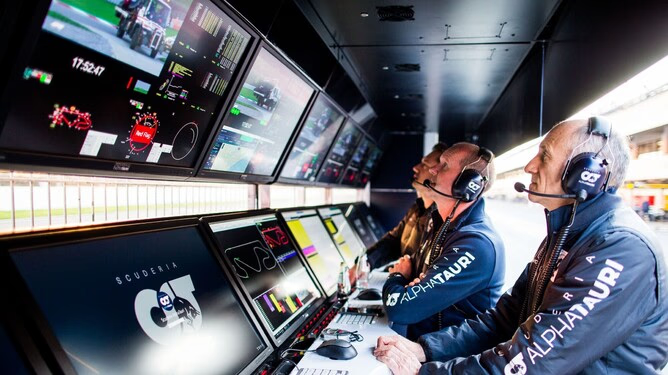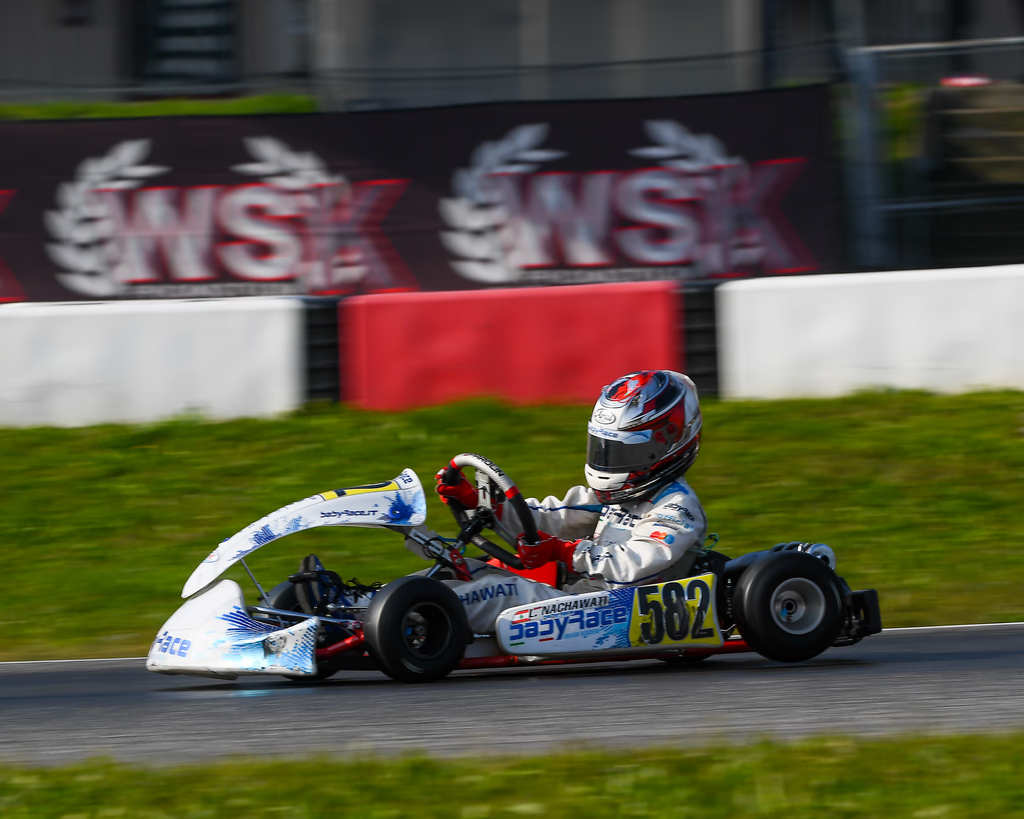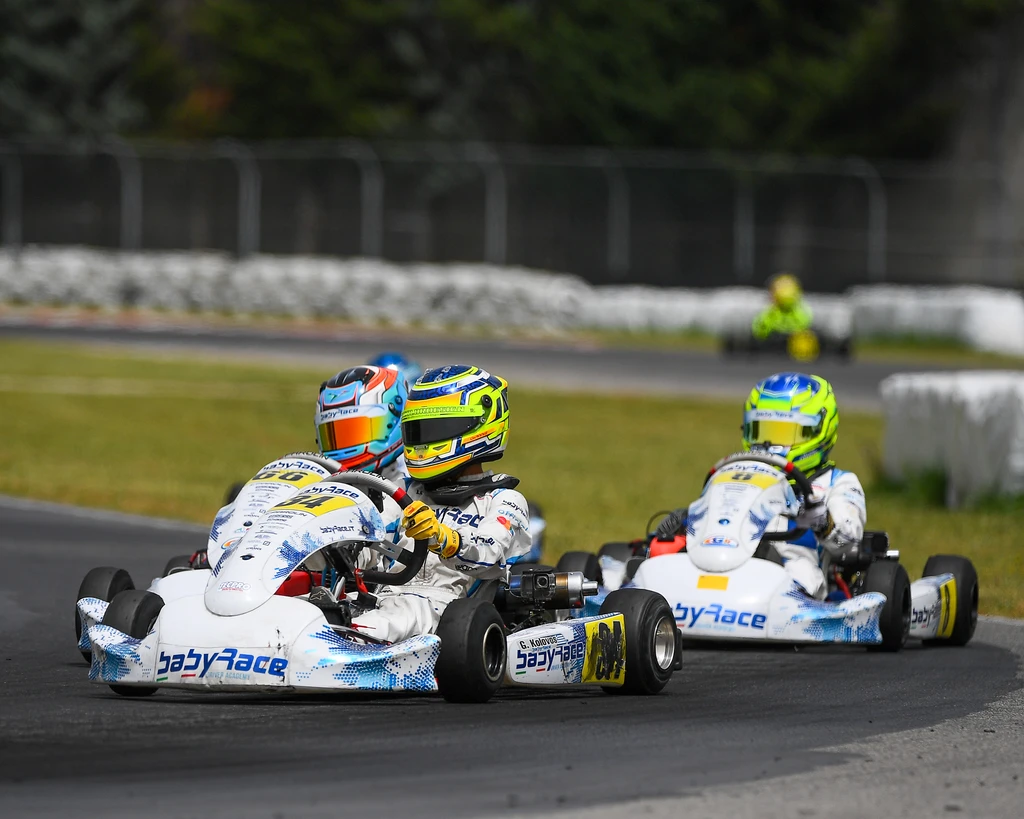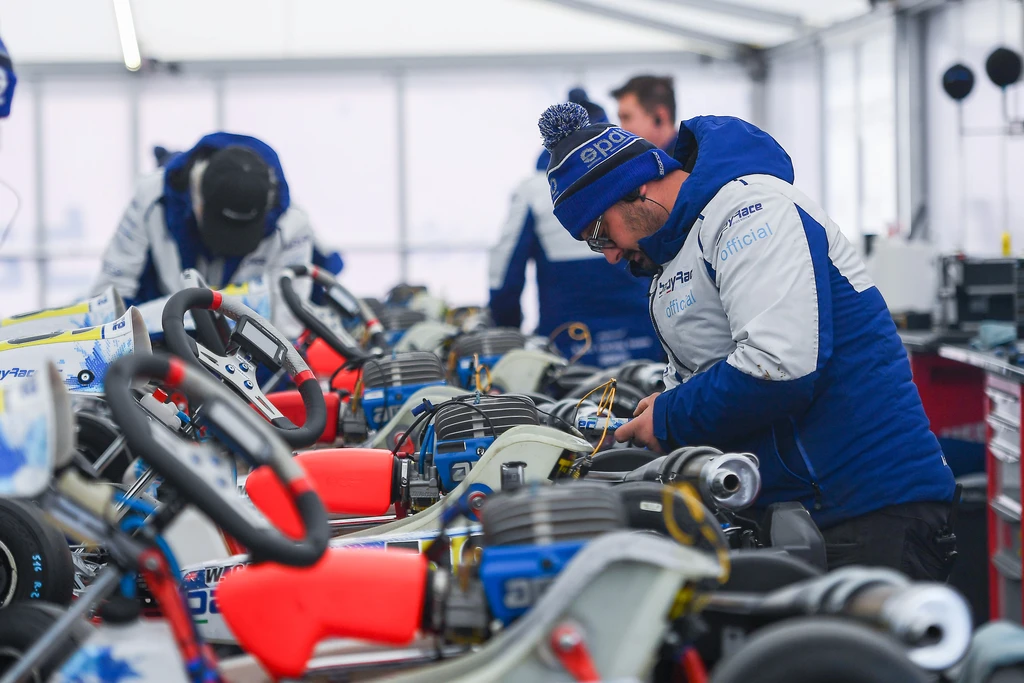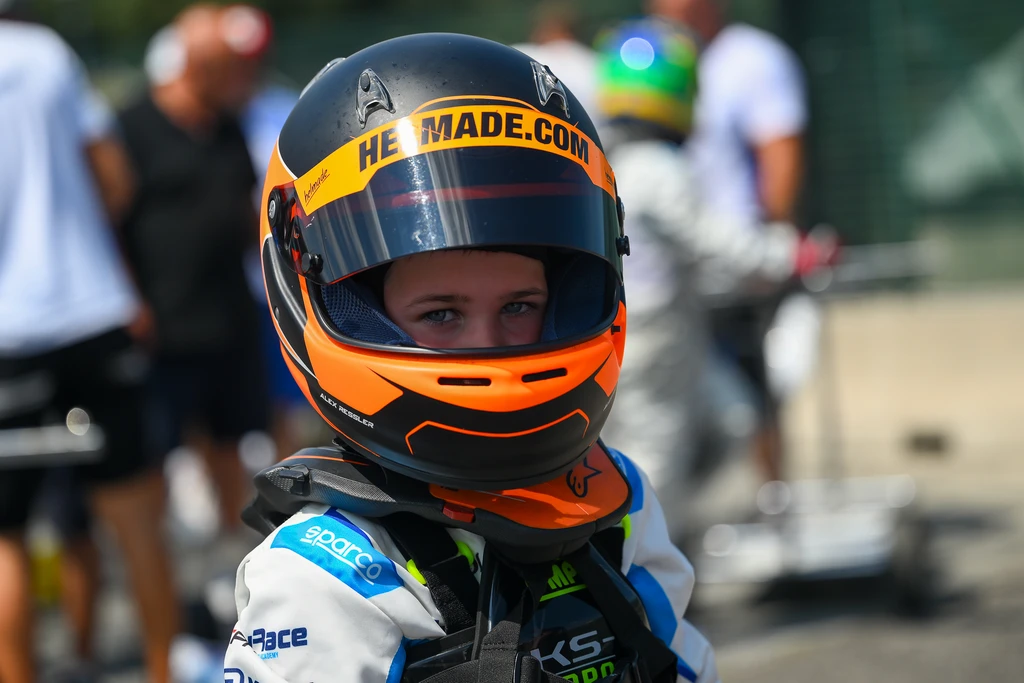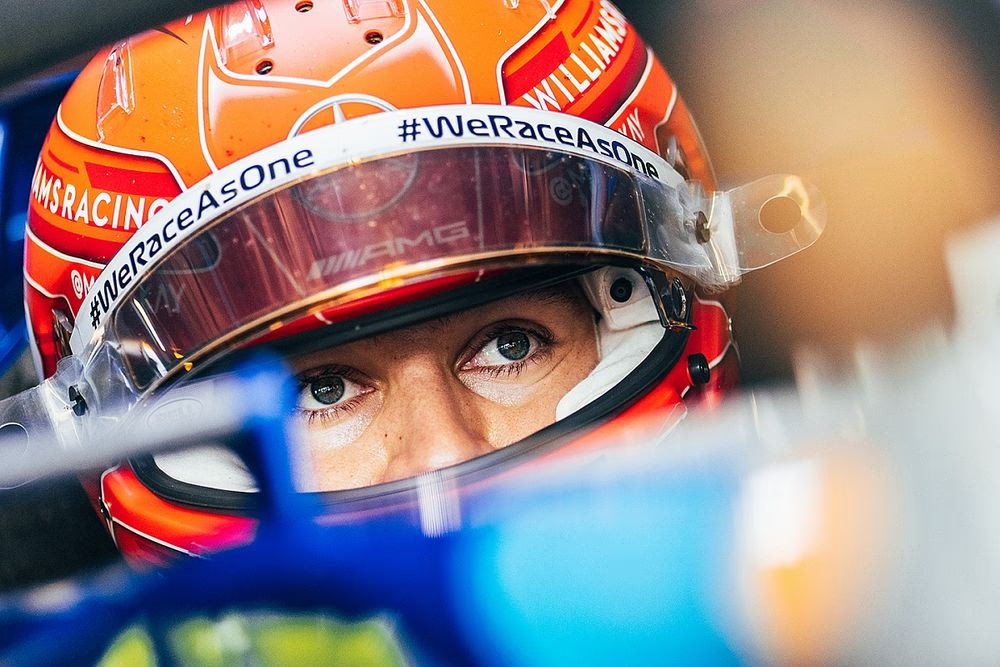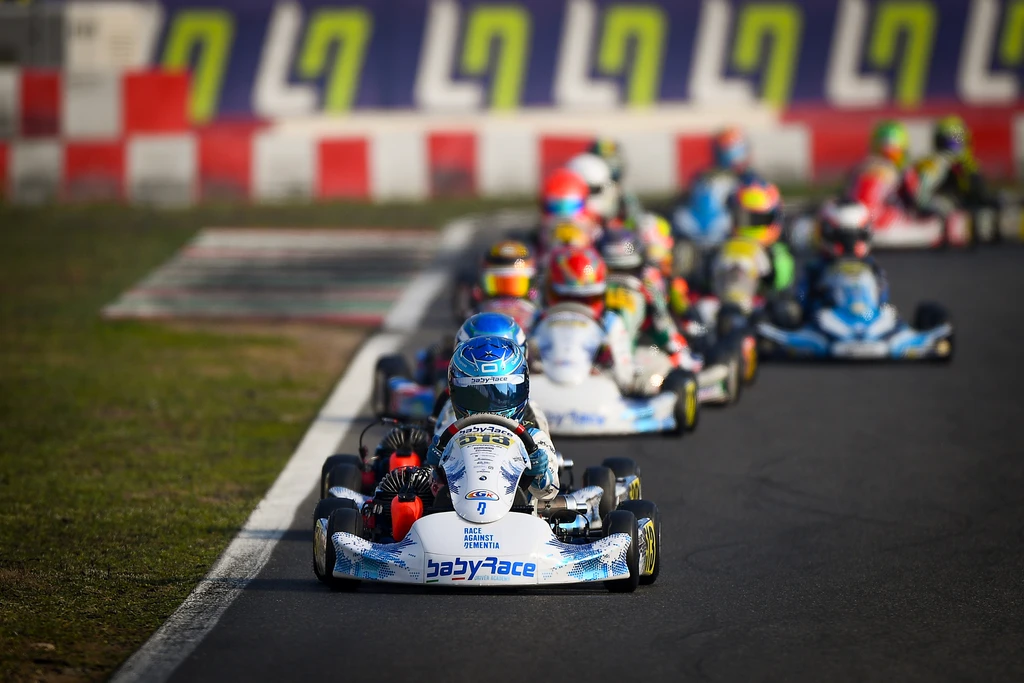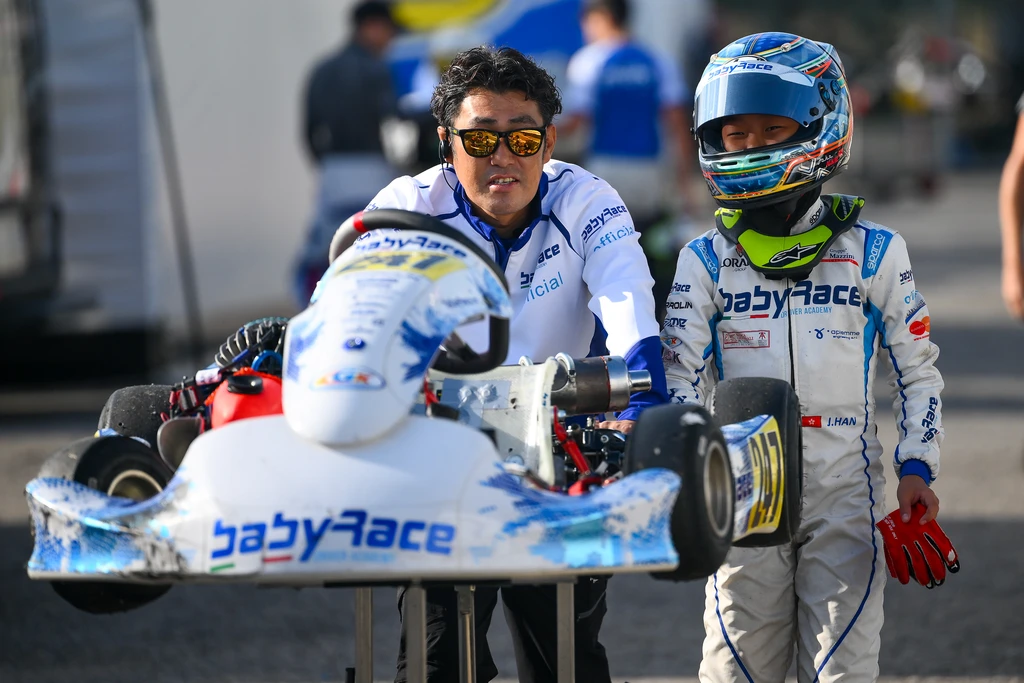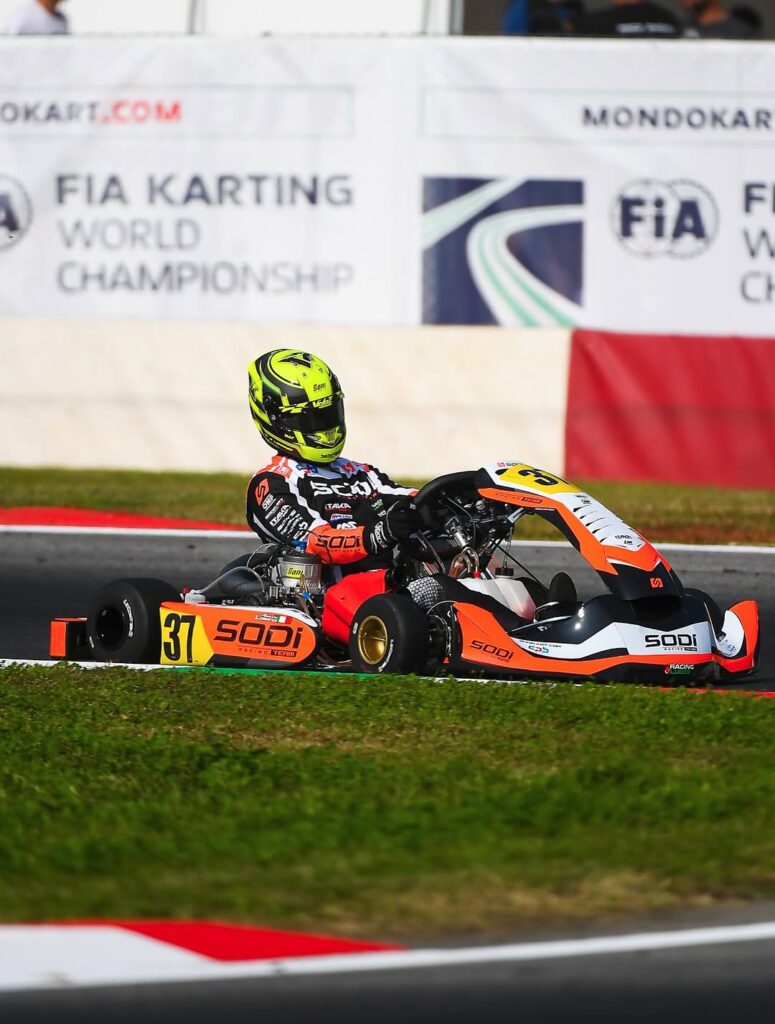
Remember: No Two Sessions Are Ever the Same
If you’ve raced long enough, you know this already: no 2 sessions in karting ever feel the same.
They never do!
The track changes all the time.
Grip comes and goes. Rubber builds up. Temperatures rise and drop.
It changes ALL THE TIME!
You can start on Wednesday with a green track, barely any grip. By Friday, it’s sticky like glue. Then Sunday comes, everyone’s on old tires, and the track feels worse again.
Every lap, every session, the conditions shift.
That’s why adaptability is the real key.
The best drivers aren’t the ones who complain about a sliding kart — they’re the ones who adapt and still deliver fast laps no matter what.
Track Evolution: The Moving Target
Let’s take a typical WSK weekend.
You’ve normally got four sessions on Wednesday, four on Thursday, only two on Friday, then qualifying, heats (saturday), and finals (sunday).
Now, if you look at the lap times across that weekend, you’ll notice a pattern:
- Times improve as the track rubbers in.
- Then, after qualifying, they often get worse again.
- The grip shifts, and suddenly your perfect setup feels off.
That’s why I say karting is a moving target.
It’s easy to fix the setup for what already happened…
But the real challenge is predicting what’s coming next.
And you’ll never be 100% right — that’s why you, as a driver, must be adaptable.
When It’s Up to You
There’s a point where the kart is out of your control.
You can tweak the setup, narrow the rear width, adjust the camber a bit… but when you’re sitting in the seat, it’s up to you.
That’s when adaptability matters most.
Maybe your kart is sliding.
Maybe it’s got too much front or not enough rear.
It doesn’t matter. You still have to make it work.
Here’s how I think about it:
- Too much front grip? Drive smoother, be gentler with steering inputs.
- Not enough front grip? Carry more speed on entry, use braking to rotate the kart.
- Rear is loose? Stay calm, lean back slightly, and keep the weight balanced.
- Rear is too planted? Be aggressive, create more rotation through weight transfer.
You can’t just come back to the tent and say, “The kart was bad.”
Everyone’s kart is a bit off at some point. The difference is how well you adapt.
Why Karting Is Harder Than Cars
I’ve raced both — karts and cars (both Formulas & GT3s)— and I’ll tell you this:
Karting demands more adaptability.
In cars, the grip evolution is more predictable. You start with oversteer on a green track, and by the end of the weekend, you have understeer as the grip builds up. Teams can tune for that.
But in karting, it’s chaotic.
You can go from sliding to stuck to sliding again — in one day.
The rubber build-up sometimes helps, sometimes makes it worse.
So when people say karting is the foundation of motorsport, this is why. It teaches you to feel every change and react instantly.
Wet Conditions? Double the Adaptability
If there’s one scenario where adaptability is tested to the limit — it’s the rain.
In the wet, the track can change from lap to lap.
You need to:
- Brake a little earlier.
- Find the dry patches.
- Avoid the rubbered-in line.
- Adjust your throttle and shifting rhythm.
You even have to use your eyes differently — watch the raindrops on your visor, figure out where it’s heaviest, and adapt your approach corner by corner.
Every lap becomes a puzzle.
My Rule of Thumb
Here’s a rule I live by:
If you ever get one session in a weekend where the kart feels perfect — that’s gold.
It never lasts.
Most of the time, you’re working with 90% of an ideal setup. The great drivers can still deliver at 99% of their potential even when the kart is off.
That’s what makes them great.
How to Train Adaptability
Adaptability isn’t something you magically develop — it’s a skill. You train it like anything else.
Here’s how:
- Drive Different Conditions.
Test in the cold, the heat, in the rain. Don’t only drive when the grip is good. - Learn With Bad Setups.
Ask your mechanic to give you a setup that’s not perfect. Too much oversteer? Too little front? Learn to make it work. - Study Data & Feel Together.
After every session, compare your data with how the kart felt. This builds awareness. - Stay Calm When It Feels Wrong.
Don’t panic when the kart doesn’t react as expected. The best drivers keep their cool.
Final Thoughts
Karting isn’t about being perfect….nope, it’s about being adaptable.
You can’t predict how the track will feel, but you can control how you respond to it.
Every lap, every race, every changing condition is a chance to learn and adapt faster than your rivals.
That’s what separates good drivers from great ones.
So next time the kart feels off, don’t complain. Smile.
That’s your opportunity to get better.

